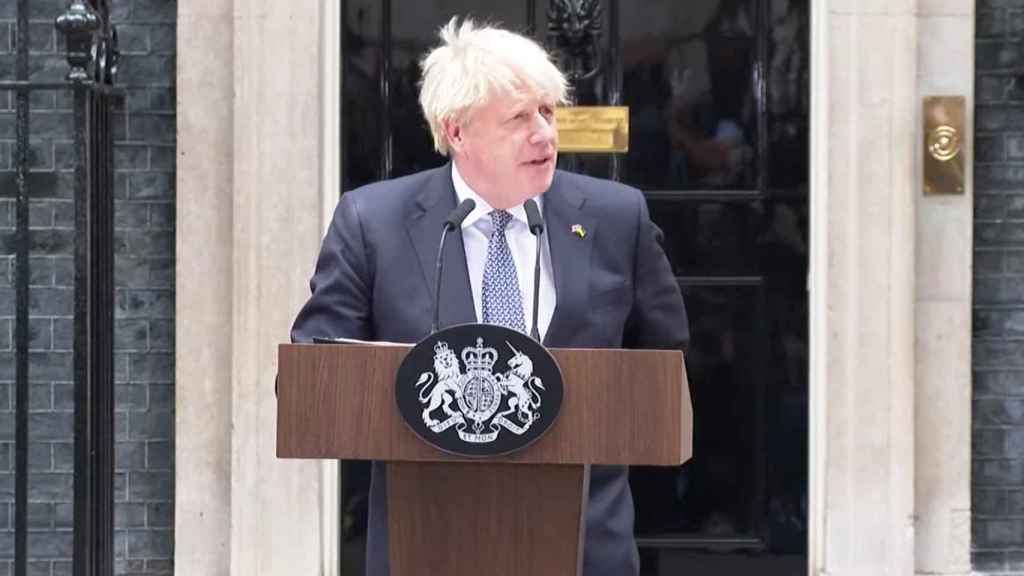The resignation of Boris Johnson As leader of the British Conservative Party, he leads his colleagues to look for a substitute, with a process that starts at first with the nominations of the candidates, without there being a clear favorite for now.
The departure – forced or not – of a president opens the race for succession with a first stage in which the potential candidates must gather the endorsement of at least eight deputies.
If there are more than two applicants, a round of voting opens in which they are falling eliminated. Thus, in a first vote those who receive less than 18 votes among the ‘Tory’ deputies are left out, and in a second round those who do not exceed the threshold of 36.
[Boris Johnson dimite y ya sólo negocia el calendario de su salida como primer ministro]
The process progresses until only two candidates remain -If it were already like that at first, the process would go directly to this point-. At this time, the Conservative Party advances to a vote by mail from which the definitive winner already emerges.
The experience of previous primaries shows that the race for the ‘tory’ leadership is usually wide, since for example in 2019 a dozen politicians stepped forward. The final battle pitted current Prime Minister Boris Johnson against former Foreign Minister Jeremy Hunt and ended in favor of the former, who won more than 51 percent of the vote.
Boris Johnson, during his appearance.
The new leader automatically becomes prime minister, to the extent that it is assumed that he has a parliamentary majority, and is not obliged to speed up the calling of elections. Thus, in principle, he can try to exhaust the legislature, until the elections scheduled for January 2025.
Johnson himself entered Downing Street mid-term, as did his predecessor, Theresa Maywho assumed the leadership of the Government after the resignation of david cameron.















Add Comment